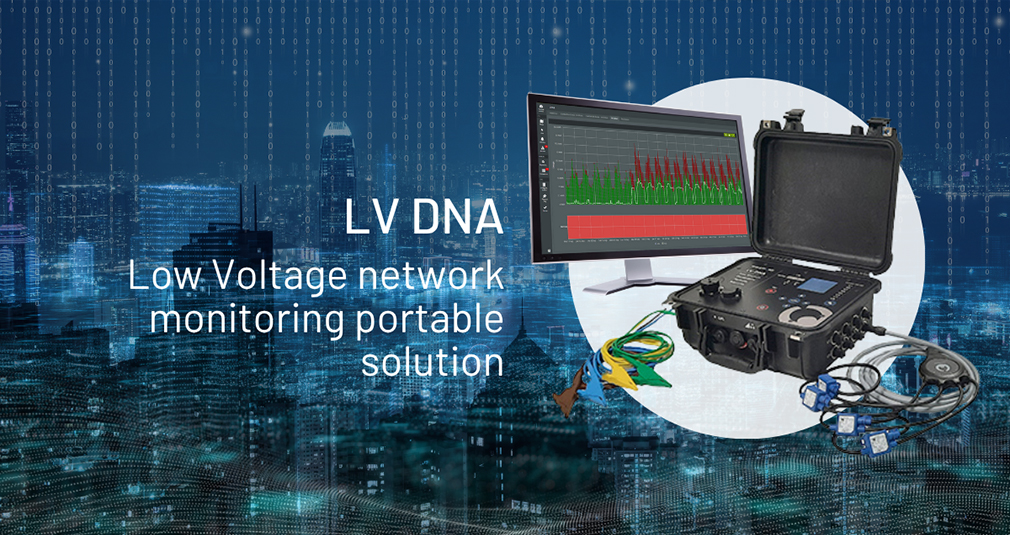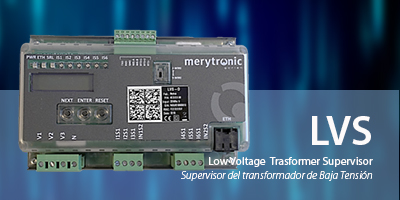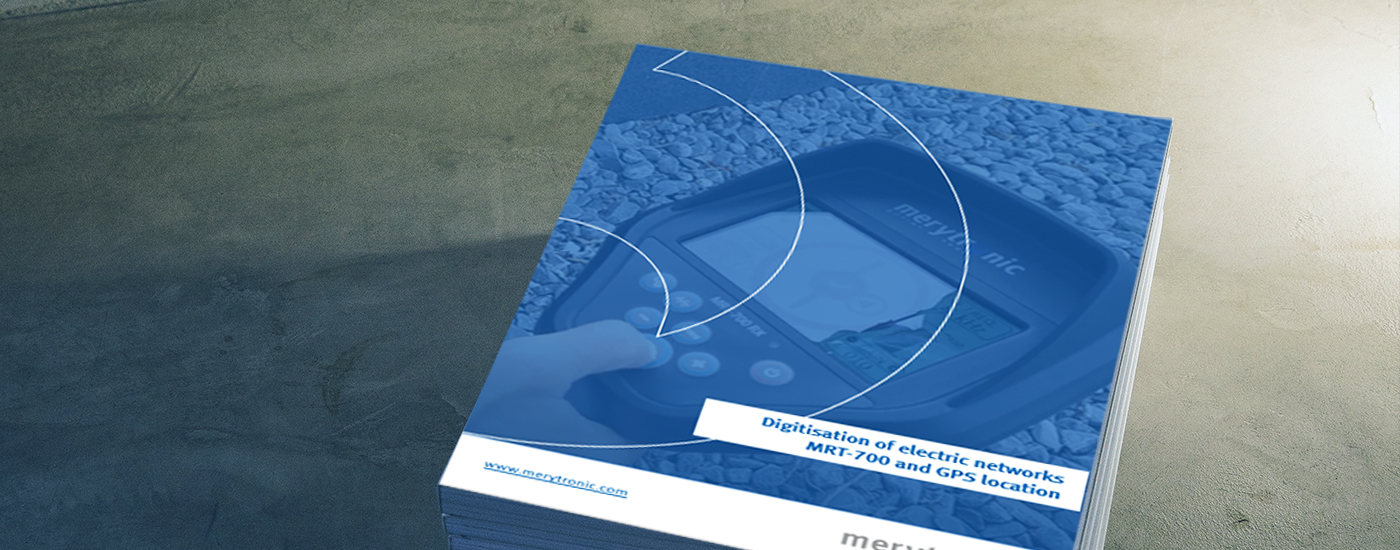
How to digitise your Low Voltage network
Digital Twin: Key to the Energy Transition
The digital transformation of electricity distribution networks is progressing steadily, driven by the need to integrate Distributed Energy Resources (DER), Electric Vehicles (EVs) and Heat Pumps (HVAC). In this context, the Low Voltage (LV) Network Digital Twin is emerging as a strategic tool to tackle the challenges of the new energy paradigm.
A functional Digital Twin enables improved supply quality, reduced operational costs and enhanced network resilience. For distribution companies, it marks the starting point towards smarter, more automated and secure asset management.
Three Phases to Build a Digital Twin in LV Networks
Creating a Digital Twin in Low Voltage networks involves overcoming a series of technological challenges. Successful implementation requires three key stages:
- Mapping of Topology and Network Diagrams: This is the fundamental pillar upon which the digital model is built. It involves accurately identifying the connections between transformers, lines, phases and end users.
- Real-Time Monitoring: Once the network is digitised, it must be equipped with operational intelligence through the capture and analysis of dynamic electrical data.
- Power Flow Simulation: This allows the modelling of network behaviour under various scenarios, supporting informed decisions for maintenance, planning and the integration of new resources.

Merytronic and Its Key Solutions for Digitising the LV Network
1. Reliable Topology Mapping
Portable devices such as the ILF G2 and MRT-700 enable distribution companies to identify network topology and layout in the field with complete accuracy and efficiency:
- The ILF G2 device identifies, in energised networks, the connection of each consumption point with its transformer, line and phase, without interrupting supply. Its integration with the GridGIS D-twin digitisation app allows data to be collected and exported to the utility’s GIS system.
- The MRT-700 device, in addition to locating underground cables and pipes, offers functionalities for direct layout digitisation via internal GPS and GIS compatibility, facilitating precise mapping of buried infrastructure.
These solutions help detect connection errors, crossed service lines or incorrect phases that directly impact the quality of both data and supply.
2. Smart Monitoring in Secondary Substations
To feed the Digital Twin with up-to-date data, Merytronic offers integrated monitoring solutions within Smart Grid platforms:
- Transformer-level monitoring with the LVS – Low Voltage Supervisor
- Line-level monitoring with TSA + RTU
With secure communication via Modbus and real-time visualisation, these solutions enable the integration of data into analytics platforms, making it possible to create a coherent, up-to-date digital environment that supports strategic and operational decision-making.
Preparing the Network for the Energy Future
Implementing a complete, coherent and error-free Digital Twin is no longer just feasible—it is essential to meet the challenges of electrification and energy decentralisation.
At Merytronic, we support electricity distribution companies on this journey with advanced technology, industry expertise and a strong commitment to supply quality. . Our mapping, topology identification and monitoring solutions are designed to foster smarter, more resilient and sustainable networks.
Related News
Low Voltage networks Portable Advanced Monitoring with the DNA Solution
Advanced portable monitoring for Low Voltage networks with the LV DNA solution
Smart clamps system for electricity fraud detection
In the era of digitalisation of electrical grids, one silent threat continues to imperil energy...
Low Voltage transformer monitoring, what advantages does it offer?
With growing energy demand and the need to optimise investment resources, utilities must implement solutions...









